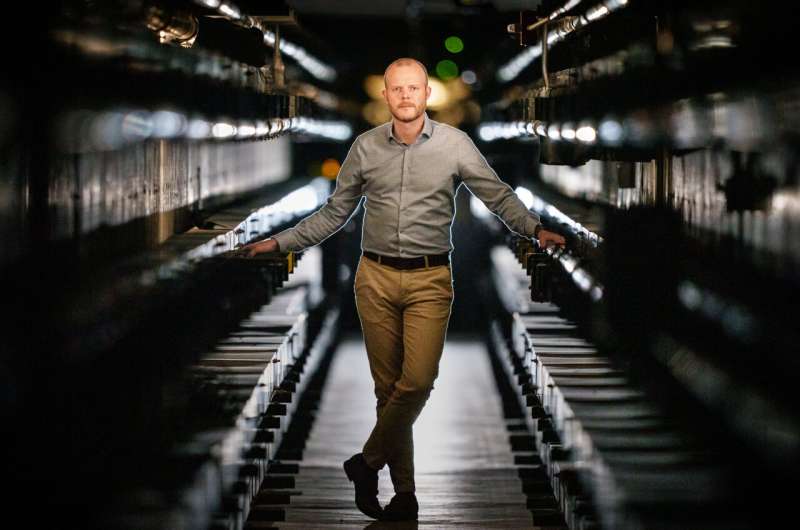
August 28, 2024 by Sandia National Laboratories
Collected at: https://techxplore.com/news/2024-08-universal-faster-complex-problems.html
A good machine-learning algorithm is a powerful research accelerator. Pair it with a computer simulation and it can sniff out mathematical shortcuts through the program, propelling scientists to faster insights about the effects of drugs on cells or the potential of rocket engines to send humankind to Mars and beyond.
New research is putting this tool into the hands of scientists around the world. In a paper recently published in npj Computational Materials, a team of researchers from Sandia National Laboratories and Brown University have introduced a universal way to accelerate virtually any kind of simulation.
“From a user standpoint, there’s no difference between running your simulation tool or running this accelerated simulation tool. It gives you exactly the same predictions. The difference is how much time it takes to get those results,” Sandia’s Rémi Dingreville said.
Dingreville and his team ran a simulation for materials science 16 times faster than normal with their accelerator. And more importantly, they outlined in their paper how it can just as easily speed up computer programs for climate change research, self-driving vehicle navigation or hardware acceleration.
“The potential to generalize our approach to different systems could lead to more efficient and sustainable technologies,” said Brown’s Vivek Oommen, first author on the paper.
Accelerator democratizes fast science
As a kid, Dingreville loved to go fast. He biked fast, skied fast and ran fast. He even raced to be the first one done with his schoolwork. Now, as a scientist, he uses machine learning to speed through his research. In a previous project, he retooled a simulation to run 40,000 times faster.
While a 16-fold speedup may seem modest in comparison, Dingreville and the team emphasize their latest work could have a much bigger impact because it benefits virtually every field of science. It is not limited to specific types of problems like other accelerators.
“Physics, chemistry, geochemistry, weather prediction—it really doesn’t matter,” Dingreville said.
The team considers its paper a challenge to researchers to fundamentally rethink how they design and use simulations.
“I’m deeply fascinated by the challenges and potentials of integrating traditional numerical methods with artificial intelligence to solve complex problems in materials science,” Oommen said.
Speedier simulations enable new research opportunities
While the simulation accelerator saves time and money for routine research, it also removes obstacles to studying phenomena that normally can’t be simulated. Try modeling an event that unfolds slowly, like glacial melting, and your program will probably take too long to be useful.
“The current state of the art is that you have to use these direct numerical solvers. Even though they are accurate, they’re slow,” Dingreville said.
The team hopes this research is the genesis of a modern, common way for scientists to zip through normally sluggish simulations.
“Looking forward, I am eager to see how our methodologies can be applied to other challenging problems across various domains, such as energy, biotechnology and environmental science,” Oommen said.
“I’d love to see this applied in geoscience,” Dingreville added.
More information: Vivek Oommen et al, Rethinking materials simulations: Blending direct numerical simulations with neural operators, npj Computational Materials (2024). DOI: 10.1038/s41524-024-01319-1
Journal information: npj Computational Materials

Leave a Reply